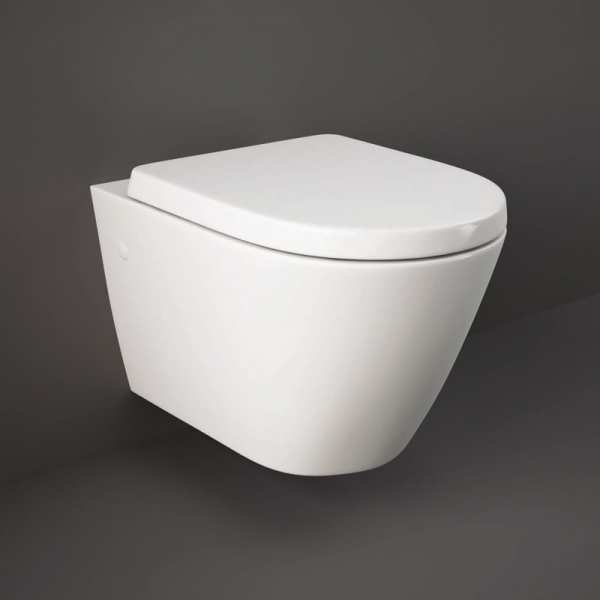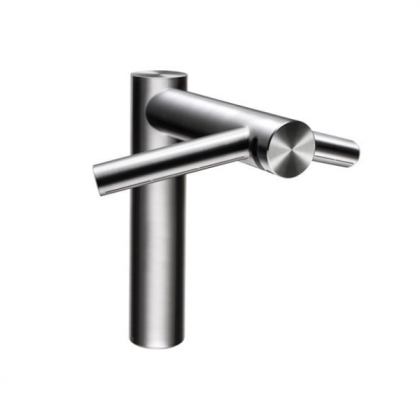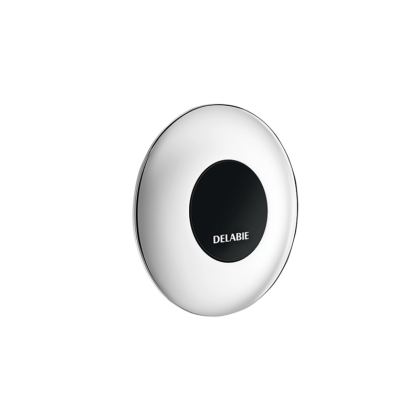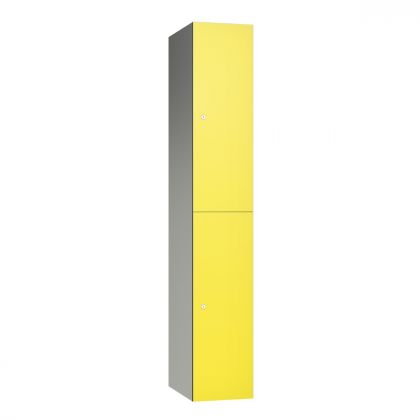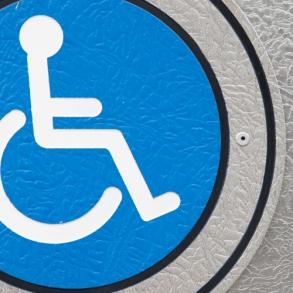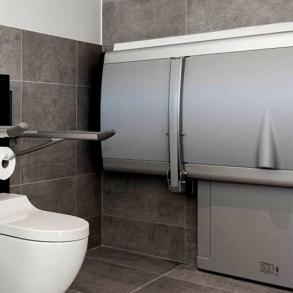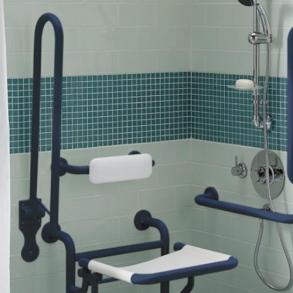Hygiene and cleanliness levels are of tantamount importance when it comes to commercial washrooms. By installing a few key items, you not only maintain the best possible personal and washroom hygiene – meaning fewer sick days taken by employees but also uphold clean and efficient experience for both staff and clients.
Here we take a look at ten of the best ways to improve hygiene in your washroom.
1. Wall hung toilet pan
Toilet pans that are hung from the wall look incredibly smart, but also allow for more thorough floor cleaning as mops can be pushed underneath them with ease. Wall hung toilet pans need to be installed with wall duct panel systems which also gives you further advantages. All pipework is hidden behind the duct panel so there are fewer exposed surfaces within the cubicles, meaning fewer places for bacteria to hide. You’ll also notice that because the toilet pan is suspended above the floor, both washroom and cubicles will appear more spacious.
2. Wall cladding for easy wipe down
Tiled walls are notoriously difficult to clean properly. The main problem lies in the fact bacteria gather on grout lines and can be extremely difficult to sanitise successfully. Large-format tiles help reduce the number of grout lines, but for total ease, you’ll want to consider wall cladding. We recommend Altro Whiterock which is completely impervious to water and comes in a huge range of colours and finishes, meaning you can have a washroom that’s highly functional, but still looks slick.
3.Sensor taps
Sensor taps are now commonplace in washrooms across all kinds of environments. They’re pretty fundamental when it comes to taking steps toward improved hygiene. Sensor activation means users never need to physically touch the tap, significantly reducing the spread of germs and bacteria. An added bonus with sensor taps is that they are only open for a short time, meaning water usage will be reduced and the risk of taps accidentally being left on, is completely removed.
4. Sensor activated flush
Continuing sensor activation throughout your washroom is now easier than ever. Flushing sensors can be easily installed with both urinals and toilet pans. The usability of your washroom is drastically improved with the addition of flush sensors and as with the sensor taps, they reduce the spread of germs and bacteria as visitors never need to touch the facilities.
5. PIR lighting
Passive Infra-Red sensor (PIR) lighting is activated with movement in the room. This means no more grubby light switches and has the added advantage of only having the lights on when someone is actually in the room – thus delivering you a great economical saving on electricity.
6. Door opening
You can improve hygiene in your washroom, and usability by making the door easier to open when exiting with your freshly washed hands. Brackets can be fitted so that a door can be opened with your forearm, or double swing doors can be fitted. Either option can reduce the spread of dirt and germs and make for a washroom that is easier to clean.
7. Hand drying options
Now this one isn’t quite so simple. Sensor activated hand dryers don’t need to be touched to be operated, but some research suggests that germs can be spread further afield with the airpower. Paper towels are proven to be the most efficient, and hygienic way to dry wet hands, but comes at the cost of having to restock at very regular intervals, as well as the large waste paper bins that quickly fill up with the used paper towels. The choice is yours, but the most popular, low maintenance option is without question, high powered hand dryers like the Dyson Airblade, or the Biodryer Lite.
8. Air circulation
Washrooms are naturally wet and humid environments – the perfect breeding ground for bacteria. However, with well thought out air circulation, you can reduce the growth of mould and damp very easily. You may choose to go with a recirculation air vent or even a mild extraction style air vent. In the short term, you can simply prop the window ajar, which may or may not have a security grill attached to the outside.
9. Routine deep cleans
No matter how many swanky new fittings you install. No matter how many hygienic qualities they may possess, you’re still going to need the have those washrooms cleaned. A thorough deep clean process at regular intervals is essential. Your daily checks and cleans should also be relatively intense. Once a month you should carry out routine Legionella checks to ensure the safety of your water supply. If you’d like to learn more about Legionella and the checks that need to be put in place, please see our earlier post on the subject here.
10. Safety flooring
We have mentioned tiles and the problems they pose hygienically earlier in this post. The same issues arise for floor tiles, where bacteria thrive in the grout lines. Whilst you can opt for large format floor tiles, which reduces the number of grout lines, the most sensible and convenient option is an anti-slip safety floor covering. This is often fitted in a similar way lino and can be pressure washed and deep cleaned to your heart's content. Many commercial washrooms choose to have a floor drain fitted within the room so that the washroom can be hosed down - this is most common in environments at a higher risk of vandalism or misuse.


